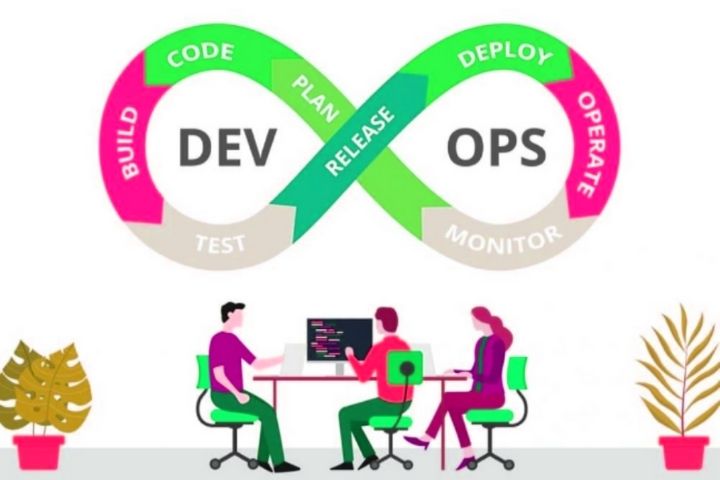DevOps responds to the need experienced by the technology sector to provide a faster response to the implementation and operation of applications. It reduces the traditional distance between systems technicians and programming.
Table of Contents
What Is DevOps?
It is a set of practices that emphasize collaboration and communication between software developers and IT operations professionals, automating the process of software delivery and infrastructure changes. The name DevOps comes from the union of ” development ” and ” operations.
DevOps was born out of the need for startups operating on public cloud services. In general, most of the financial resources of startups are invested to create the features that will later be used by users and, since developers were obviously required to make those technologies that represent the “core” of the business, it was thought that developers are also responsible for managing the infrastructure and not just creating the code.
What Technology Is Necessary To Apply DevOps?
Technological tools like Docker, Puppet, Jenkins or AWS Lambda are so closely associated with DevOps that it is difficult not to consider one or the other to speed up development processes. Thanks to the automatic process of organizing, testing and deploying code from integration tools, the cloud infrastructure can keep up with the rhythms required by applications in today’s market.
How Does It Work?
DevOps application can be developed in the following ways:
- Works with a code repository, for example, git, for development management, included in services such as Azure DevOps or GitLab. All commits to the repository have a task or bug associated with it.
- The use of project management tools makes it easier for us to keep track of the tasks, bugs and milestones that trigger an evolution of the software. Short developments and continuous tests in application development.
- Following any of the methodologies (XP or scrum, for example), evolutionary processes are developed based on short iterations over time, ideally one or two weeks. Management of development projects using agile methodologies.
- Continuous integration and Continuous deployment over production (CI / CD). This simplifies deployment processes in complex environments. Through the commits made on the repository, continuous integration tasks and automated deployments are carried out on each of the environments, integration, development or production.
These previous points will be shelled in different later entries to deepen, to the extent that an entry can do it, in each of them.
It is must to keep in mind that the integration of a DevOps policy implies changes, in many cases profound, on all areas of a company. But in return, it generates a simplification of all processes and an improvement in the overall quality of the company very high ((security included in the improvement).
What Are The Innovative DevOps Features?
Some of the Innovative DevOps features are:
- DevOps pushes us toward a single reference code that includes software, middleware, and operating environment. DevOps brings together those that were historically different systems, in terms of management mode, release cycle, or control model. With DevOps, more disciplines work together, in a seamlessly integrated delivery model, to add customer value.
- It combines continuous integration (CI) and continuous delivery (CD), and CI / CD improves speed to meet customer needs. It’s a matter of time to market!
- These are no longer outside of operational management. With DevOps, developers and sysadmins are integrated into a single cohesive and operational development (Dev) team (operations – Ops)
